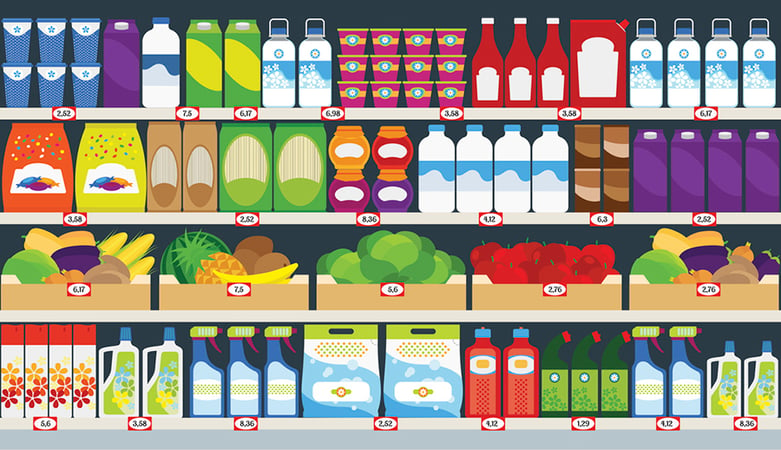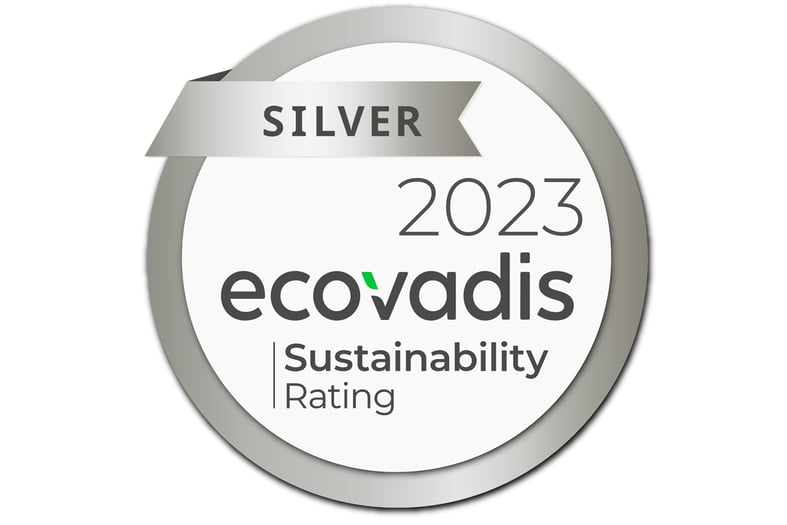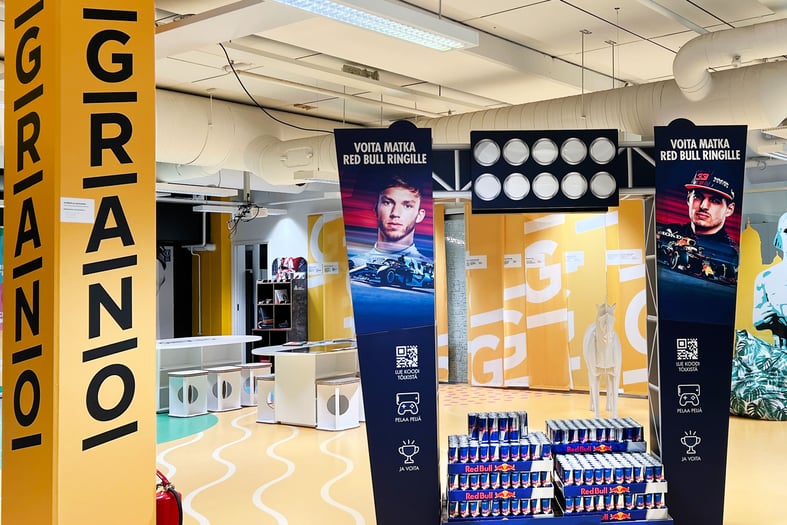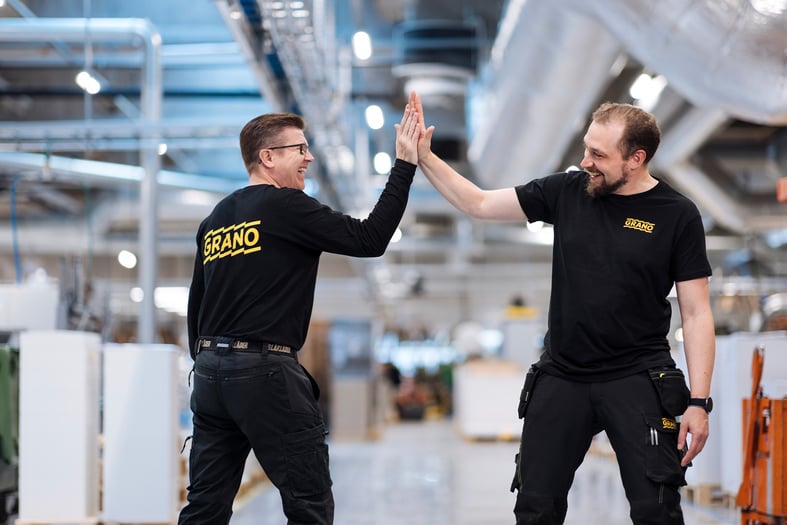Blog - Grano — 4.02.2020 — min read time
Special techniques, personalisation, environmental friendliness – what gives rise to new packaging trends?

The purpose of product packaging is to not only protect the product, but also make it attractive to customers and increase sales. Outdated product packaging can even deter customers from purchasing the product – this is why Grano follows packaging design trends closely and passionately.
The side of a milk carton is an advertising surface that has reached Finns of all ages for decades. Although the primary function of product packaging is to protect the product, packaging is also something more: a unique communications channel, sometimes even the most important or only one that a brand has. One that both communicates facts and evokes ideas about the product.
Those are the basics that continue to hold true to this day. However, there is also a great deal that has changed in the last few decades. New technologies and various trends are constantly shaping the appearance of the product packaging that ends up in the hands of consumers.
“Packaging trends have fragmented. If you compare modern supermarket shelves to ones from 30 years ago, you can see that people’s needs and the range of products offered have expanded considerably,” says Mika Kaverinen from Grano.
“In recent years, our clients’ interest in packaging, different materials and methods has clearly increased. They consider packaging to be an important part of the product and are willing to invest in good packaging design and high-quality implementations,” Kaverinen says.
The fashion trends related to packaging design usually arrive in Finland from abroad, but material-related trends are also born locally. Finnish companies in the global pulp, paperboard and paper business invest heavily in product development and are pioneers in the development of new packaging materials. Recent new material innovations include nano- and microfibre pulp, plastic-free eco-barrier paperboard and sustainable pulp-based materials.
Trends reflect values
Packaging design draws inspiration from global megatrends. Developing technologies and digitalisation make it possible to personalise packaging, and the rise of green values has an increasing impact on material choices as well. Consumers who lead hectic everyday lives are also attracted to minimalist visuals that draw inspiration from vintage design.
Special techniques add complexity to packaging structures.
“Modern packaging design explores new shapes and draws the eye with different protrusions and die-cut holes, for example. The combination of different materials is also on the rise – the same packaging can include e.g. both dyed material and folding boxboard right next to each other,” Kaverinen says.
Another rising trend is personalisation. Product packaging and labels can even serve as the basis for larger marketing campaigns, in which packaging is one part of a larger whole. A good example of this is Coca-Cola’s global Share a Coke campaign.
Environmental friendliness and recyclability are some of the hottest trends in packaging design. The issue of marine plastics has strongly raised the demand for biodegradable materials, and many brands are striving to cut down on the use of plastic. This can be achieved with the use of hybrid materials that combine plastic and paper, for example. Being aware of the origin of products and further utilisation by recycling are also rising trends.
“Biodegradability is a good addition to any product packaging, but recyclability is even better. Wood fibre can be recycled up to seven times. The origin of wood and its traceability throughout the entire supply chain are also of interest to consumers,” Kaverinen says.
As regards visuals, simplicity is in. Demand is high for minimalist printing that puts typography front and centre. Printing inks are used sparingly, while the packaging material itself is given centre stage. Brown and dyed materials and corrugated cardboard are giving way to graphical patterns and gradients. Structured materials that feel pleasant to the touch communicate quality, while biodegradable packaging serves as a statement about environmental issues. Other emerging trends include appreciation for vintage design and the no-label look, which is achieved through the use of transparent stickers.






